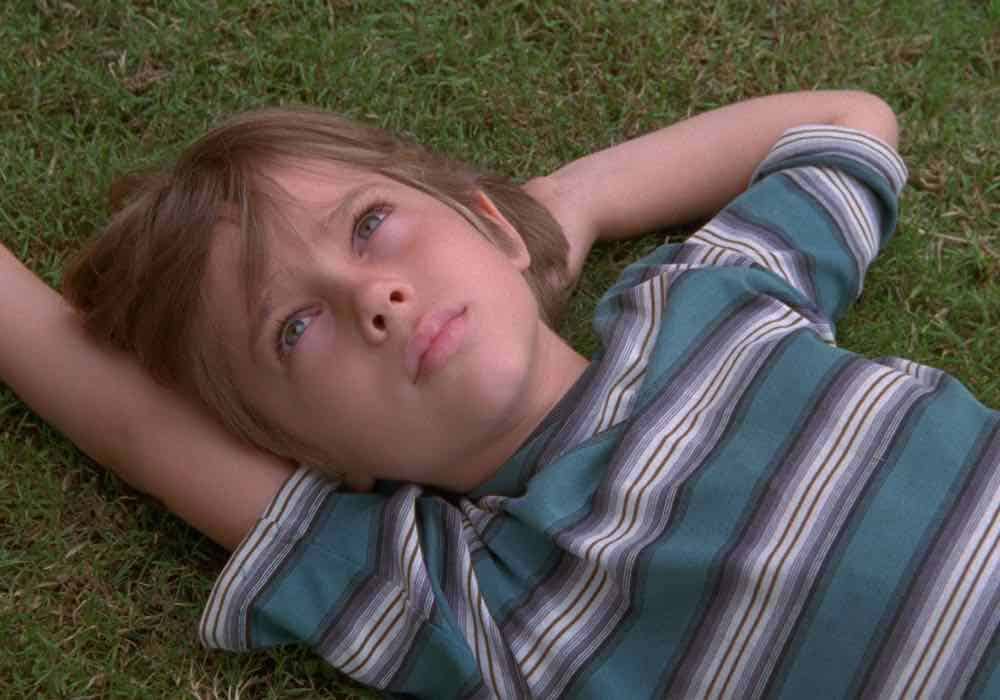
After this piece about I Origins, read more about science on film from the perspective of Editor-in-Chief Alex Heeney, an actual woman in STEM.
Most films tackling something somewhat scientific take on scientific advisors to make sure they get things right. It’s often a job reserved for prestigious scientists: the renowned planetary scientist, Carolyn Porco, for instance, was the advisor for J.J. Abrams’s first Star Trek film. Given the absence of good science in most movies, including that one, I can only assume that filmmakers often don’t listen to their scientific advisors. On the other hand, we rarely see characters who act and talk like scientists – David Auburn’s Proof, about mathematicians, is one of the rare exceptions – in part, I would guess, because most screenwriters don’t start out by getting a STEM degree, like Shane Carruth (“Primer”) did.
Then there’s Mike Cahill. His sophomore film, I Origins, about a PhD student and biologist, Ian (Michael Pitt), who studies the evolution of the human eye, is constantly engaging with the scientific method, yet has some of the worst pseudo-science to appear on screen this year. It accurately depicts how scientists behave in their natural habitat: these are not the lab-coat wearing cliches you’re used to, but people who play with words (naming their specimens “P for Pneumonia”), discuss their experiments, and move around a science lab the way scientists do. But they’ll eventually try to scientifically prove reincarnation through one of the silliest experiments imaginable.
Yet you know Cahill’s onto something good when Ian explains to Karen (Brit Marling), the new rotating first year PhD student in his lab, that her duties will involve doing “very boring, very repetitive experiments. Your job is to be a glorified notetaker and not ask me why every five minutes.” When she says something clever, he does a double take, in response to which she quips, “I know, as a first year, it’s shocking I can even put together a sentence.” Yeah, this is how the hierarchy works in academic labs.
Throughout his shoot, Cahill made sure they had at least one scientist on hand, watching with headphones on, to ensure they were being authentic. And it’s amazing how much these characters behave like scientists, and graduate students, even if Ian’s wardrobe of tweed jackets and hipster glasses may be more well-suited to an arts major. Even Ian’s best friend in his lab, Kenny (Steven Yeun), sparkles with personality: we meet him recovering from a hangover as he brags about just having finished putting together an important database for the lab that morning.
As Ian shows Karen the ropes in his lab, he also gives a very clear explanation of the work they’re doing – trying to make colour blind mice see colour as a means of charting the evolution of the human eye – and how they’re testing it. It all links back to the pseudo-sci-fi plot, but what Cahill is doing here is illuminating science for lay people and making the whole process exciting. The science they’re talking about may no longer be cutting edge, but it’s real.
When the film premiered at Sundance, in January, it took home the Alfred P. Sloan award for the outstanding depiction of science or scientists in a film. And in the early parts of the movie, especially, it earns it. Unfortunately, it’s all downhill from here, as some curious turns of events, including one very dumb experiment, eventually send Ian on a spiritual mission to India. No doubt he’ll learn that his rational world view is not quite a complete one. The longer the film goes on, the clunkier, sillier, and more preposterous it becomes. Expect your eyes to roll. It’s compelling though, even as it becomes insulting to our intelligence. Towards the end, it actually pulls some major colonialist shit, however well-intentioned.
Yet there’s strong character work throughout the film, even if the two women in Ian’s life are designed specifically as slightly two-dimensional sides of the same coin. They’re there to dramatize the conflict between science and spirituality.
Ian’s story begins at a Halloween party where he meets his Manic Pixie Dream Girl, Sofi (Astrid Bergès-Frisbey): she’s French, masked, with mesmerizing eyes, flighty thoughts, and pulls him into the bathroom for sex within a few minutes (they still haven’t exchanged names nor has he seen her face). She claims to have a sixth sense, and she’s fun – their romance place out in soft light and tight, intimate frames, reminiscent of a French New Wave film. But she’s also childish, not just in her ideas about the world, but irresponsible, too.
When there’s a smart stunner like Brit Marling in Ian’s lab, we wonder how long it’ll take him to see the folly in his ways. Before he’s ready for a more-than-platonic partnership of equals with Karen, he needs some time to condescendingly put down everything Sofi says in the name of science.
I’m willing to forgive the film much of its folly because I think Karen is such a compelling character. She holds her own in the lab, and she ends up being the lead on the research that she and Ian embark on together: without her, there would be nothing to show. Her relationship with Ian is interesting, too. Even when it turns romantic, there’s still deep respect between them, and Ian can’t and won’t make a decision without her. It’s a more mature depiction of love, and it’s unfortunate that Cahill starts to backtrack, toward the end, on this stance, suggesting that Sofi is much wiser than anything we’ve seen on screen could support.
But it’s a shame that Karen never grows or develops in any way – we never even find out where her PhD studies led her other than into Ian’s arms – but just remains the stalwart, kind, and wise one. Then again, in a film that insists on romanticizing a Manic Pixie Dream Girl, it’s not much of a surprise that its superior female character still fails the test for a Proper Strong Female Character.

